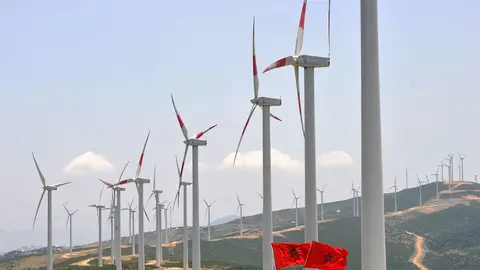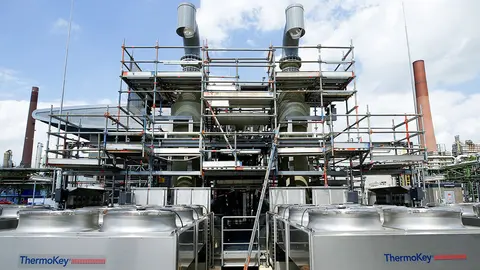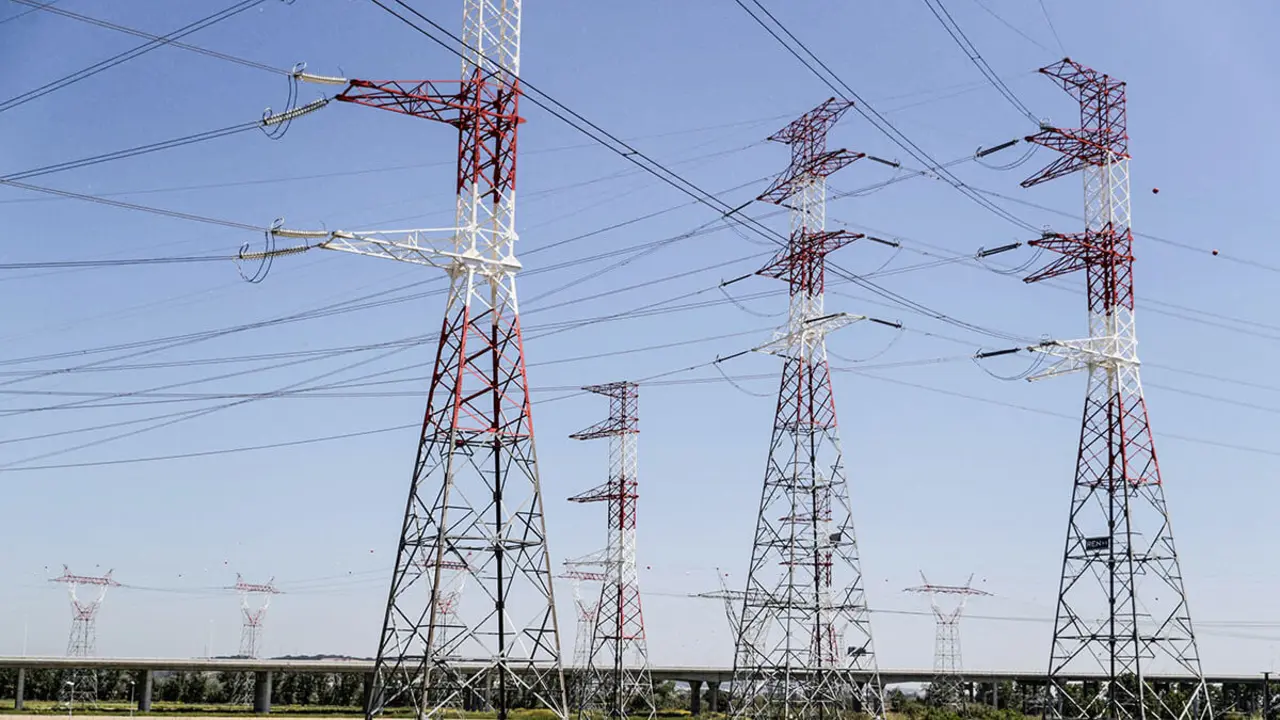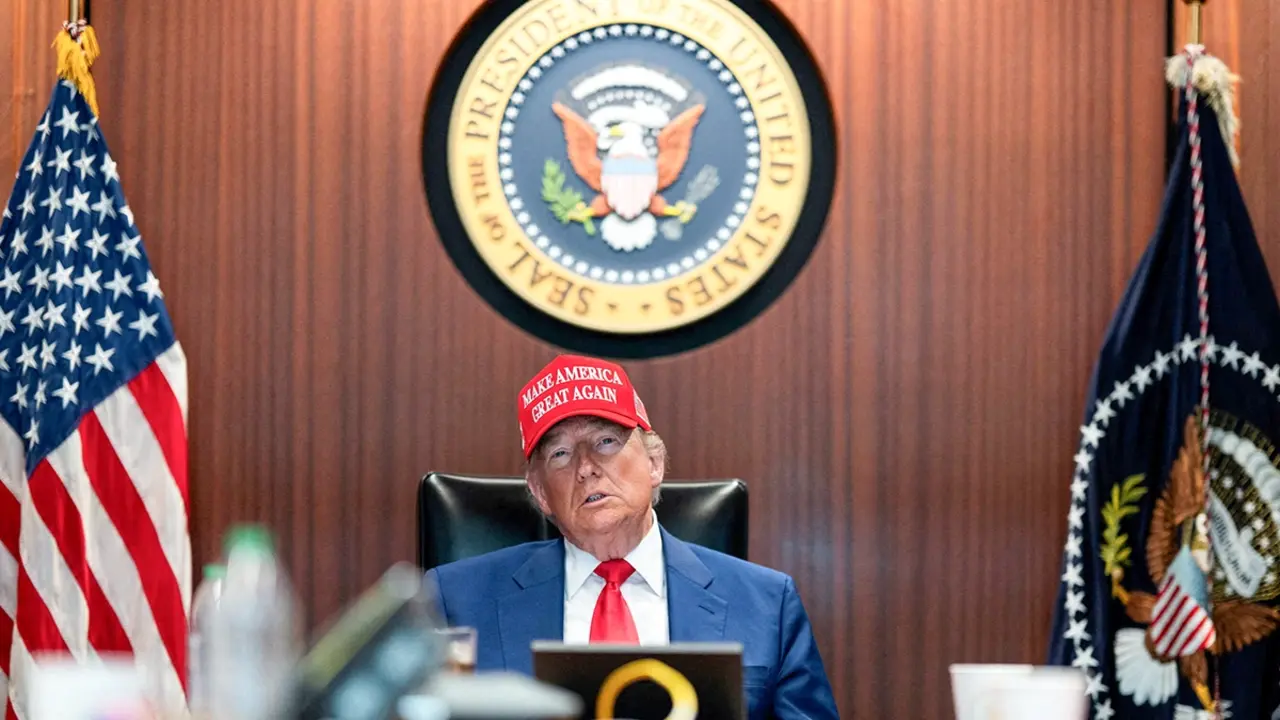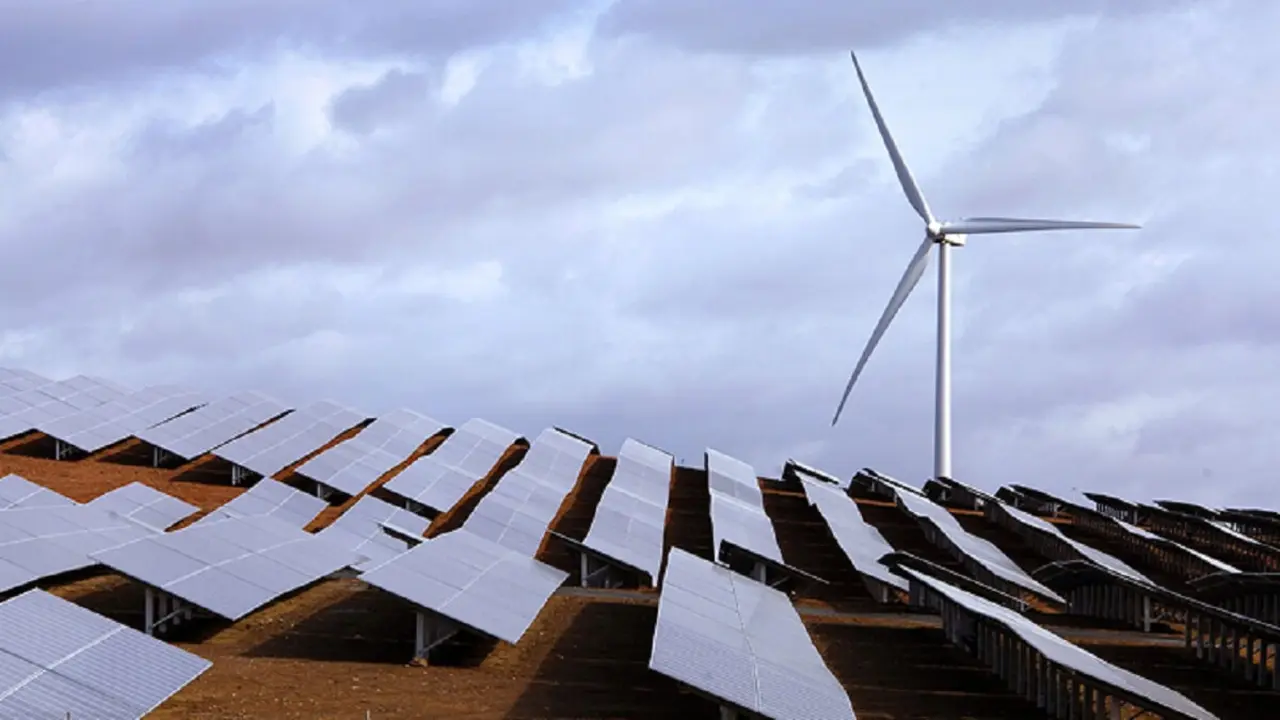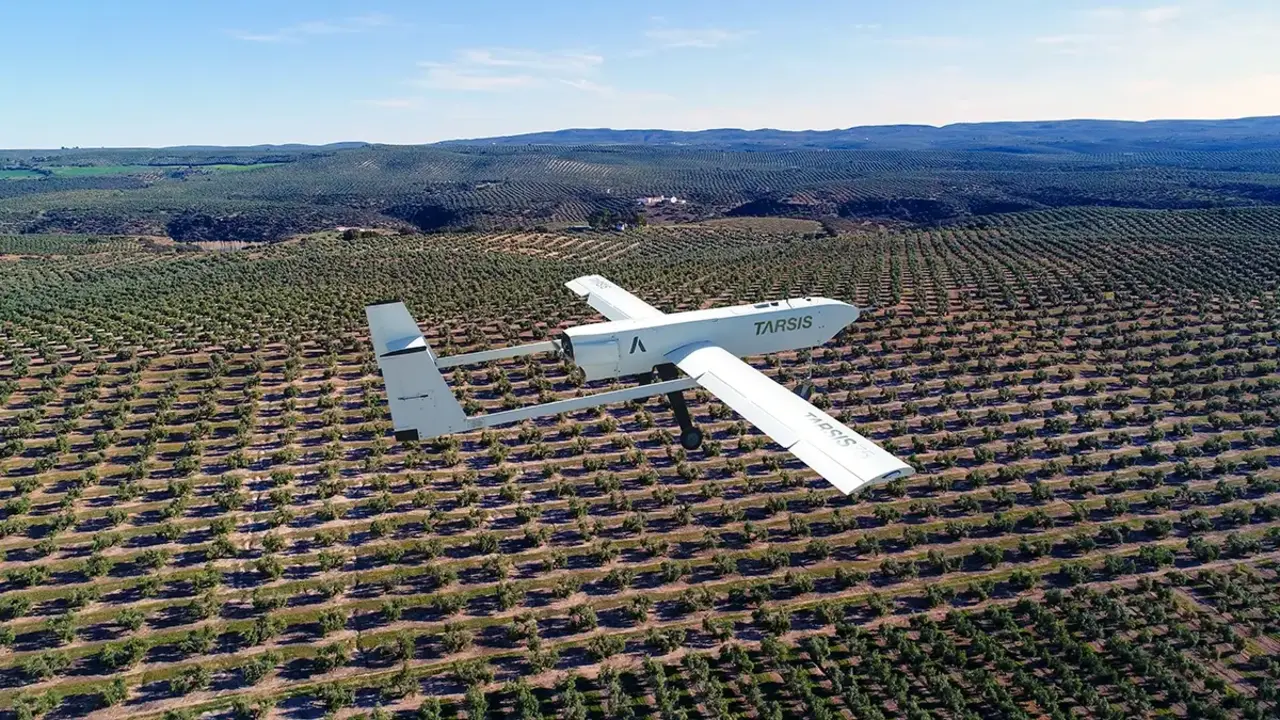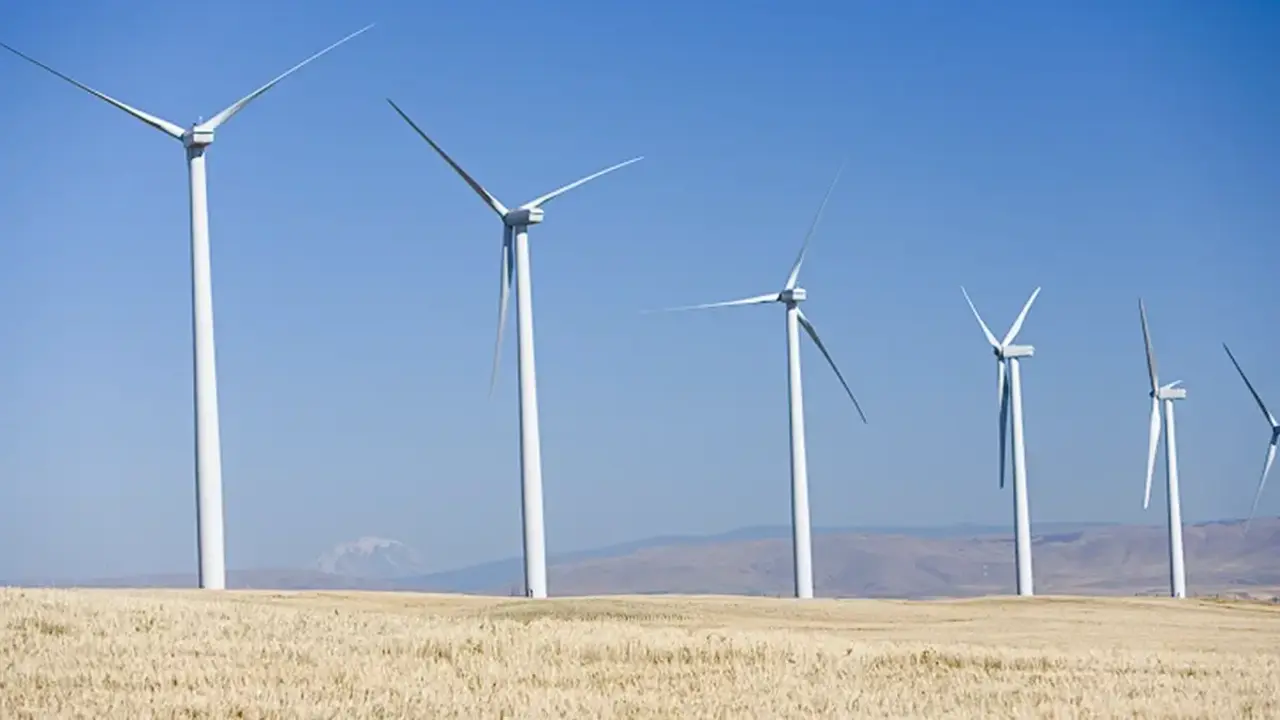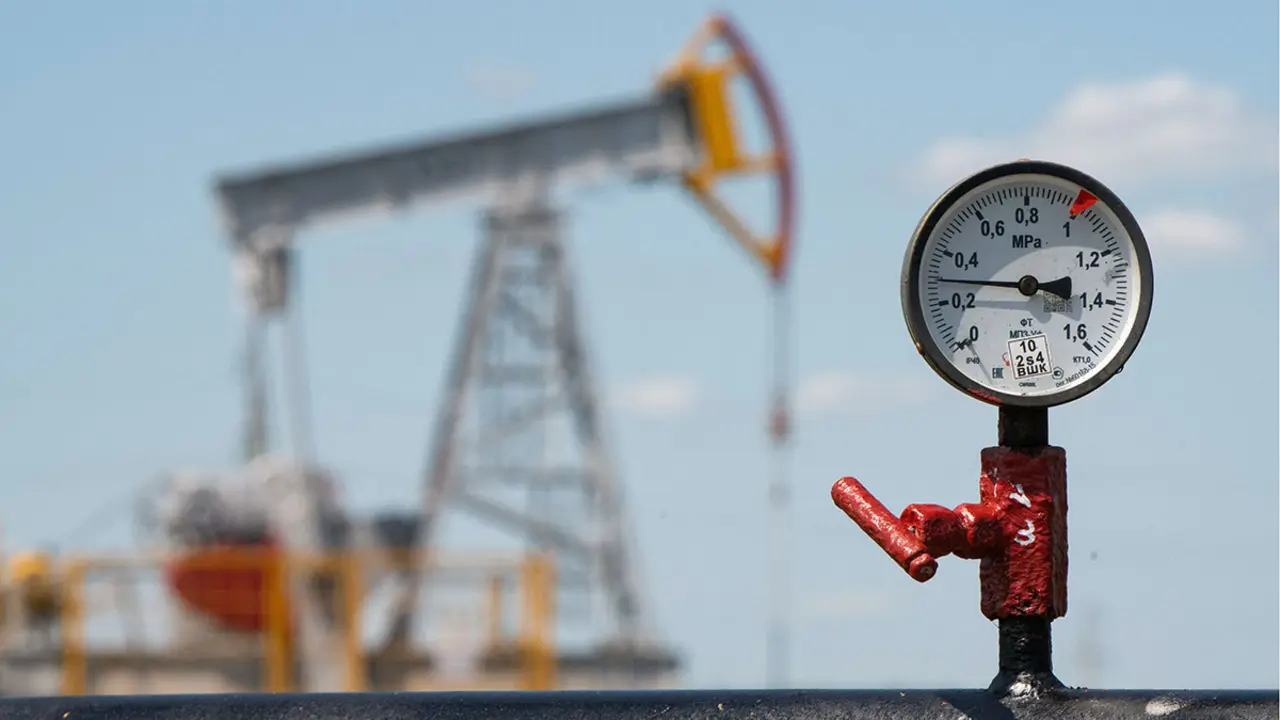Middle East on track to reach $75 billion in renewable energy projects
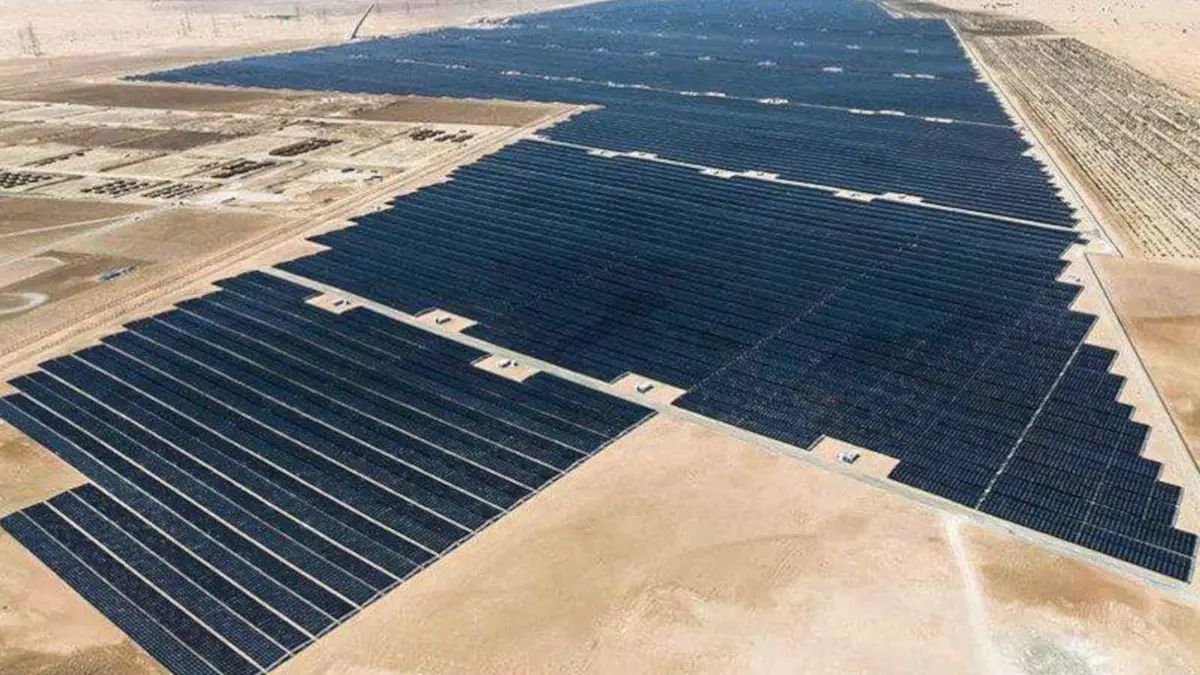
A new report, published by the Energy Industries Council, one of the world's largest energy trade associations for companies supplying goods and services to energy industries worldwide, showed that the Middle East is on track to complete $75.63 billion of investment in renewable energy projects by 2030.
These investments involve 116 renewable energy projects, which are tracked by the EICDataStream database, and are expected to come online between 2025 and 2030. These encompass solar, onshore wind, hydropower, hydrogen production, carbon capture, utilisation and storage (CCUS), geothermal energy, and battery and energy storage systems.
While clean energy investments in the region have increased exponentially, the International Energy Agency estimates that only 20 per cent of energy investments allocated in the Middle East will be channelled to renewables, while most of the money is still spent in the oil and gas sector.
The region remains a global powerhouse in hydrocarbon production, backed by abundant gas reserves and competitive prices that are expected to maintain its key role as a transitional energy source.
The dual approach of investing in renewable energy projects while upgrading traditional energy infrastructure reflects the complexity of the region's transition, according to Aqilah Shahruddin, author of the report.
‘Understandably, most of the spending is on oil and gas, but we are seeing clean technology projects in hydrogen, solar, wind and carbon capture. So it's a balancing act between producing clean energy and maintaining the region's dominance in the global hydrocarbon market.’
Large solar projects, such as Phase 5 of the Rashid bin Mohamed Al-Makhtoum Solar Park, are progressing successfully, but challenging conditions persist for onshore wind power development due to rising equipment costs and grid capacity constraints, according to the report. Wind installations reaching the end of 2023 added 306 MW in the UAE and Israel, according to the report, but ongoing supply chain delays and rising labour costs hinder further progress.
The EIC's forecast data suggests that while renewables are steadily entering the mix, oil and gas will dominate for many years to come.
‘The Middle East is a key focus for the EIC and the number of cleantech projects in the pipeline makes it even more relevant for the coming years,’ said Ryan McPherson, EIC regional director for the Middle East and Africa.
‘We are very actively engaged in supporting the region's energy transition with our project data, reports and industry events.’

